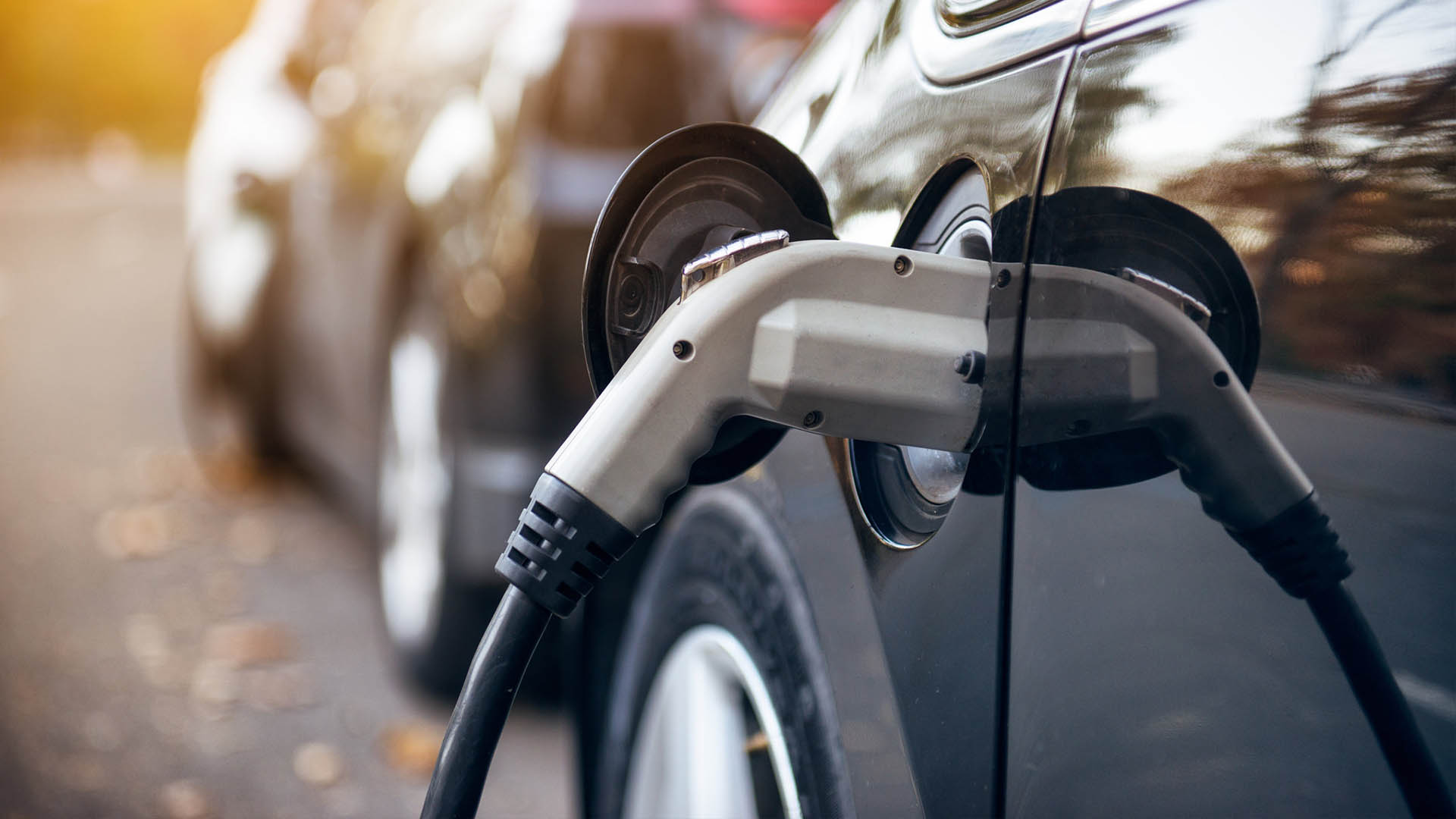Explore more

The skies above the roads across the globe are significantly clearer in 2030, due in part to electric vehicles now making up one in every five cars produced. And if you are a pedestrian on the streets of any one of China’s major cities, you would breathe significantly cleaner air today than when you woke up in 2018, with electric cars making up one in every three vehicles produced.
If driving is how you prefer to get around in Beijing or Shanghai, there’s a decent chance you would be driving one of 500,000 electric cars that Tesla will be producing each year from 2023.
China leads the world’s drive to go electric and this has seen a spike in production, along with a corresponding urgency to develop the infrastructure for electric cars. Charging stations continue to spring up rapidly in urban cities and government support in the form of grants and tax incentives have helped companies develop the technology for more efficient batteries.
Elon Musk saw the opportunity in 2018 and signed an agreement to build a US$10 billion Tesla gigafactory in Shanghai in what will have been the city’s largest overseas investment.
While the electric vehicle continues its rise, will cities be developed to accommodate a decentralised power grid?
A trackless, 30 metre-long Chinese prototype train capable of carrying 300 passengers over 40km at 70km/h will be tested this year, while an electric private plane capable of carrying eight passengers over close to 1,000km was showcased at the Paris and Farnborough air shows this year.
Could trains and aeroplanes be the next frontier of electric travel?
To download the full report on Reimagining Mobility, please click the following:
Asian Insights SparX: 2030 Energy Mix: Fossil fuels need not fret